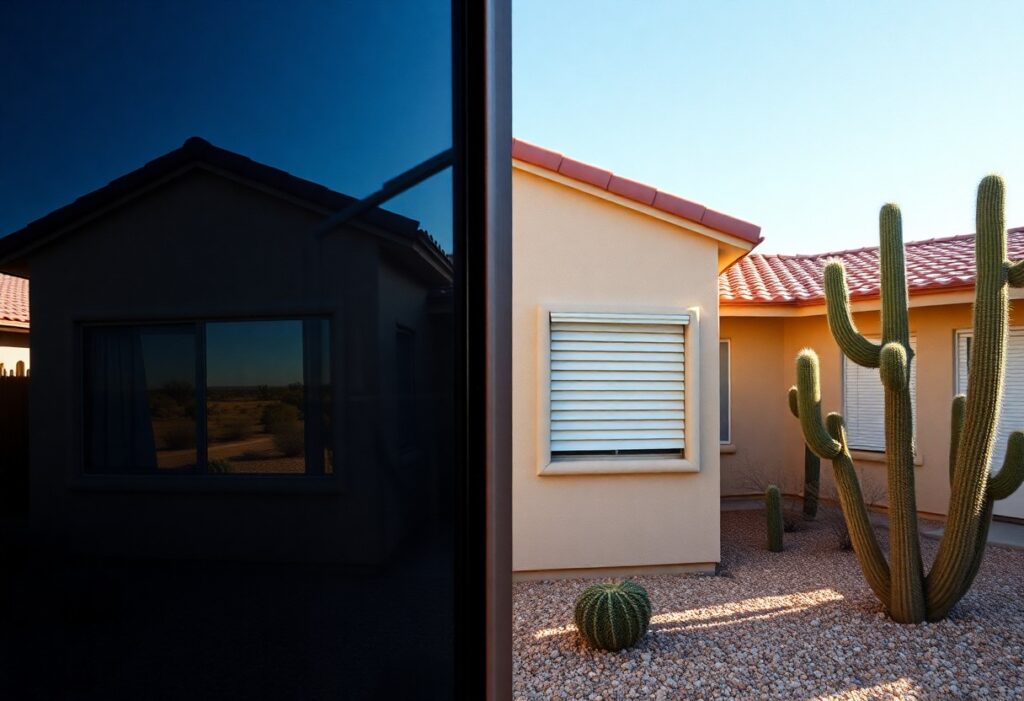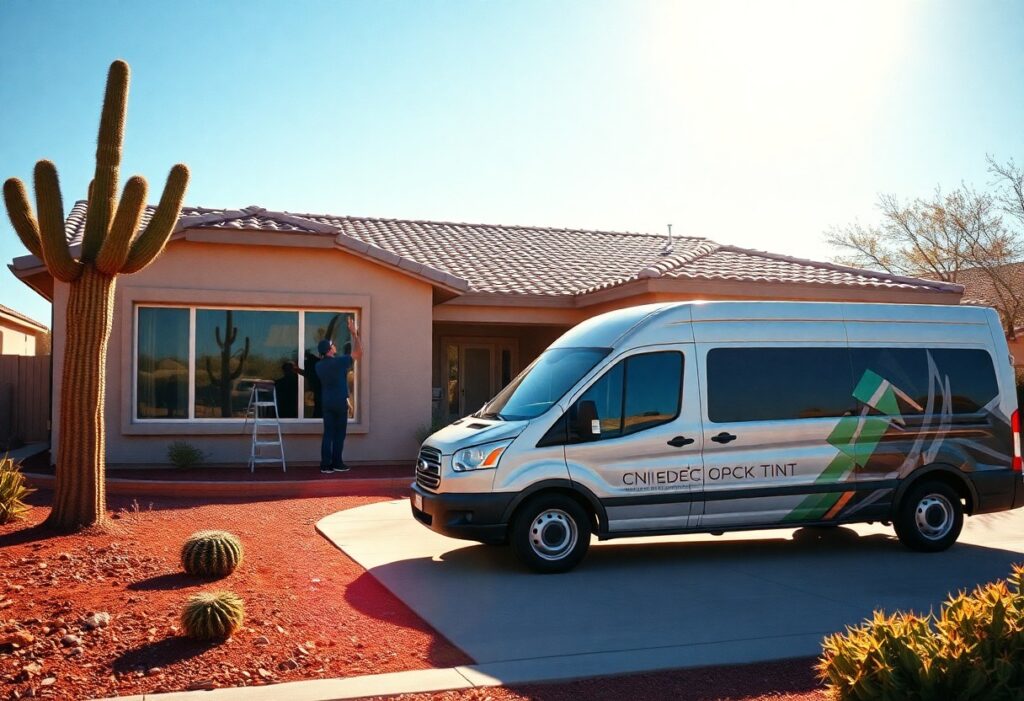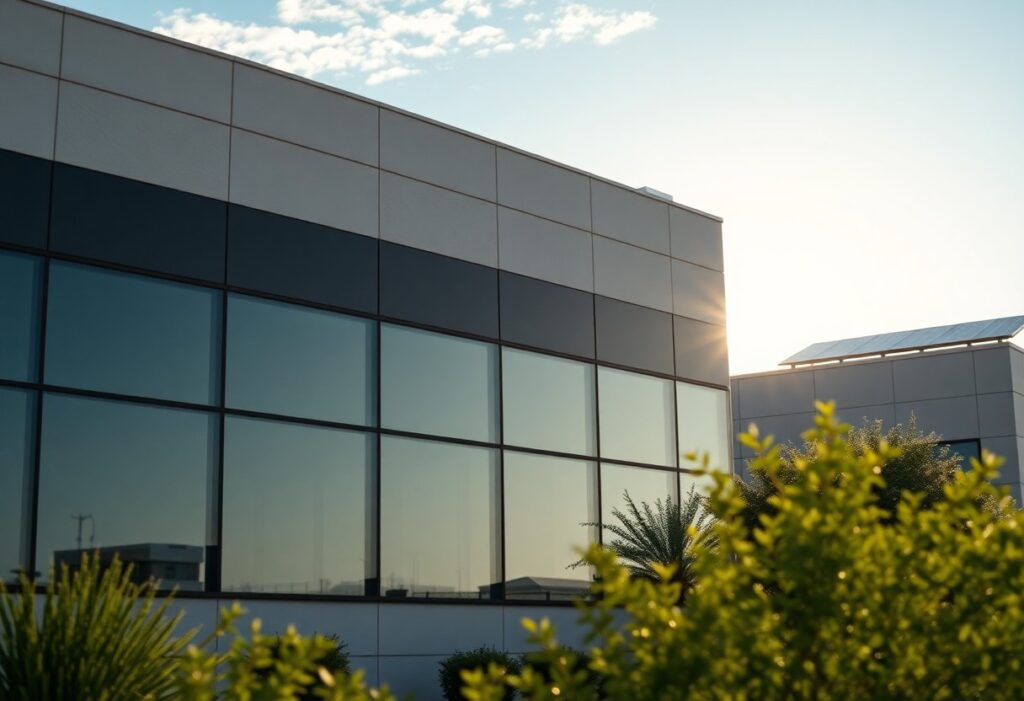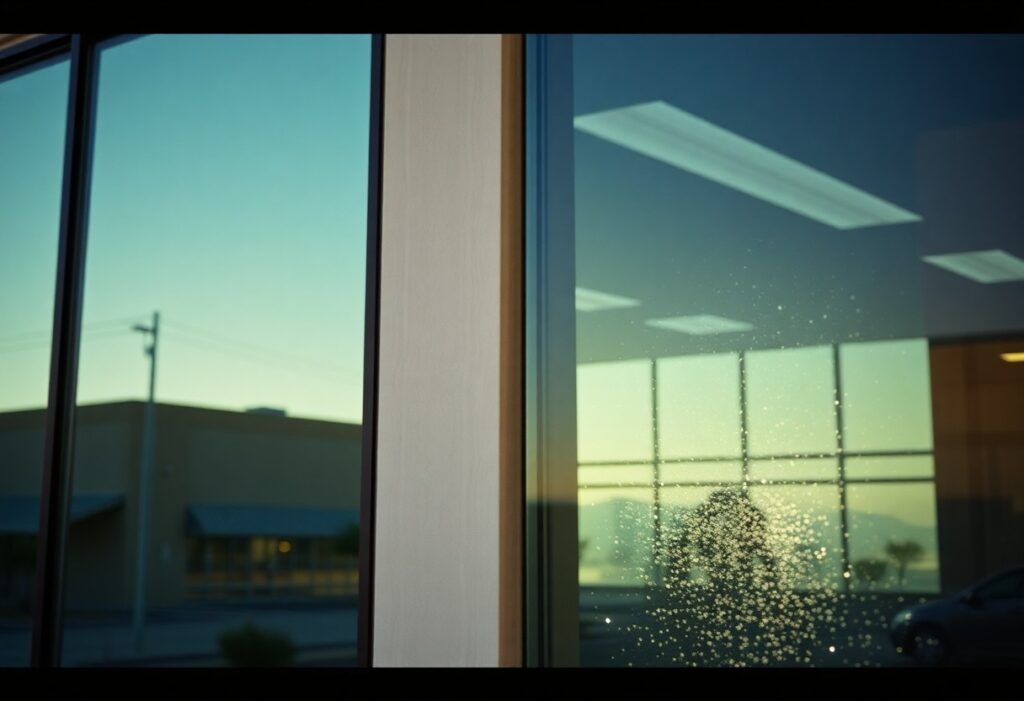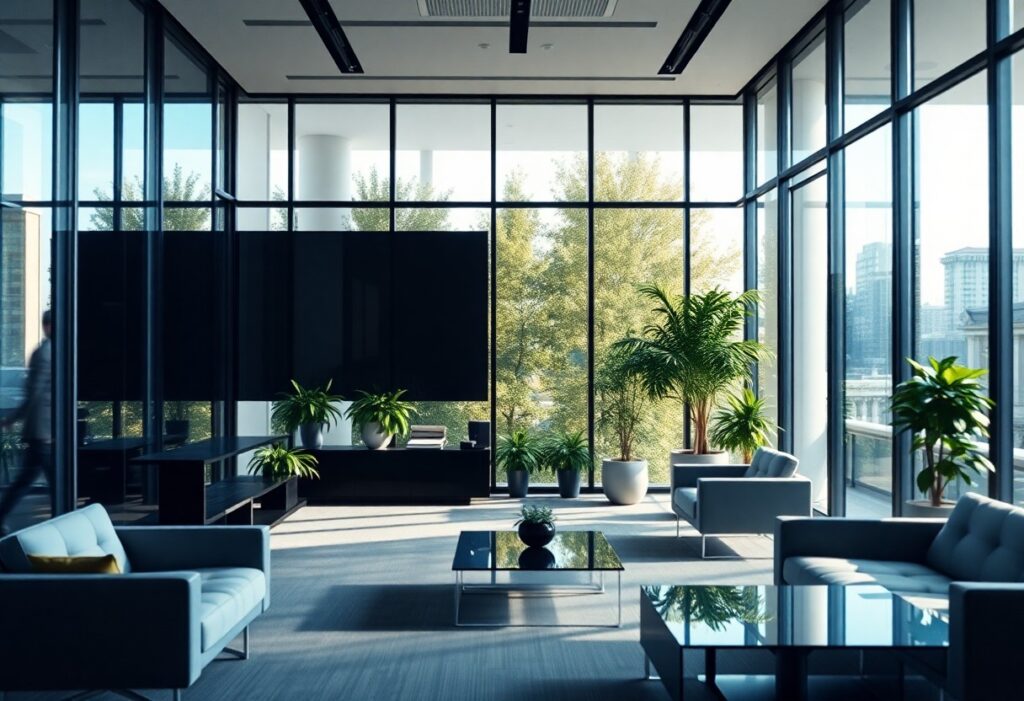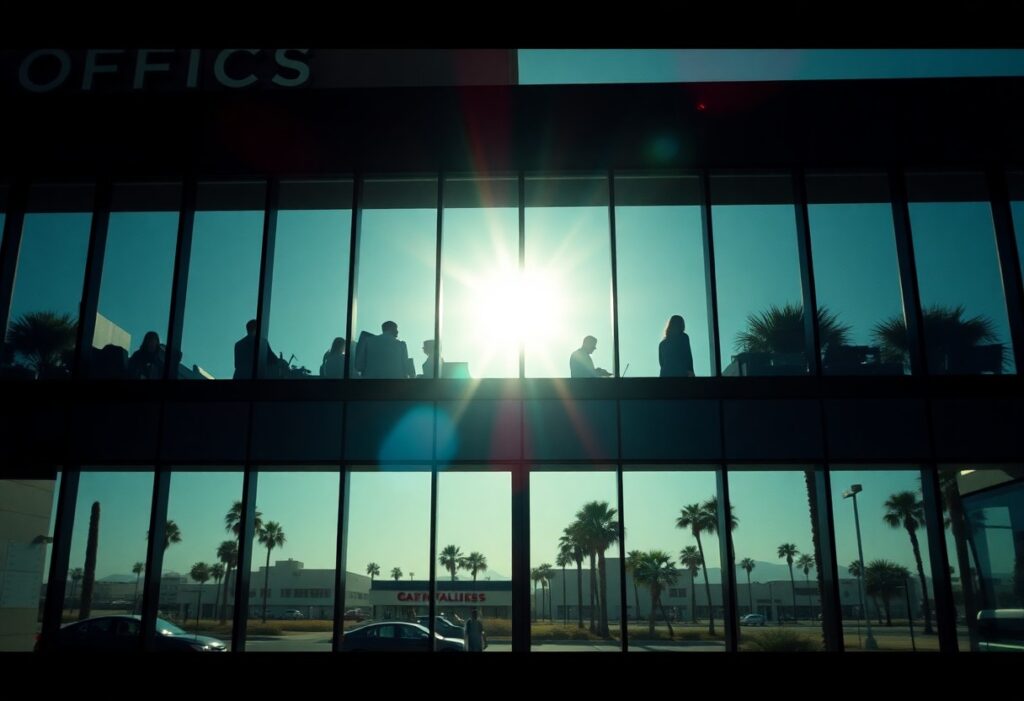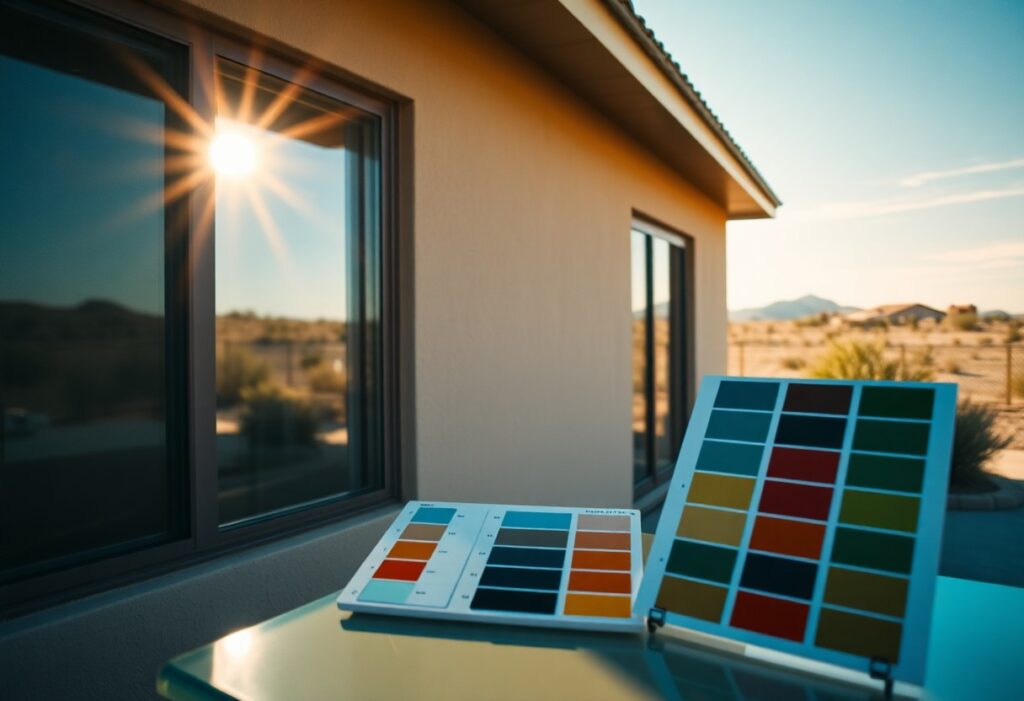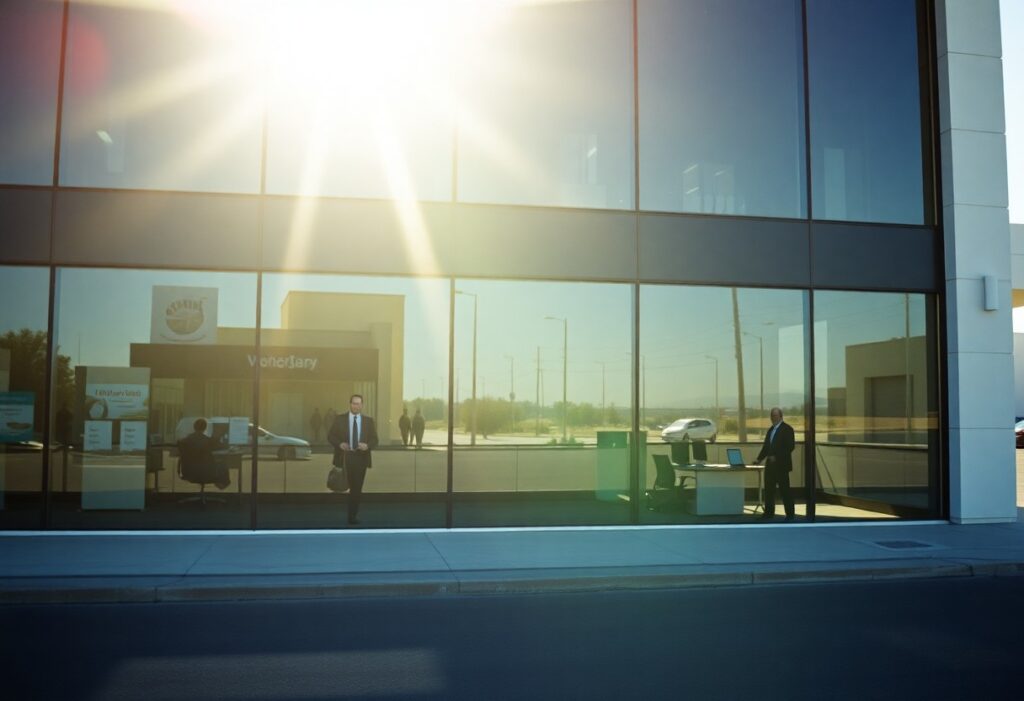Home Window Tinting Vs. Window Treatments – Which Is Better For Pinal County Homes?
There’s a practical decision to make when you weigh home window tinting against traditional window treatments for Pinal County homes; this overview helps you assess energy savings, privacy, maintenance, sunlight control and cost so you can choose the best option for your climate and lifestyle. Overview of Home Window Tinting Given Pinal County’s long, intense sun exposure, you benefit from window films that cut UV by up to 99% and reduce solar heat gain 30-60% depending on film choice. Many homeowners see lower glare, longer-lasting furnishings, and film lifespans of 10-15 years; contractors typically match film type to orientation, glass size, and your privacy needs. Benefits of Window Tinting You gain measurable energy savings-often reducing cooling load by up to 10-15% in hot climates-alongside UV protection, glare control, and increased glass safety. In practical terms, tinting can extend carpet and upholstery life, protect artwork, and provide daytime privacy without heavy treatments; installers commonly combine VLT and solar rejection specs to meet your comfort and code requirements. Blocks up to 99% of UV rays, protecting skin and fabrics. Reduces interior solar heat gain by roughly 30-60% depending on film. Cuts glare significantly, improving screen visibility and comfort. Often lowers summer cooling energy use by up to 10-15% in sun-exposed rooms. After installation, you typically notice immediate temperature stabilization and glare reduction. Benefit Typical impact UV protection Up to 99% UV blocked Solar heat rejection ~30-60% reduction Glare reduction 50-90% depending on VLT Energy savings Cooling bills down ~10-15% Privacy Variable by film darkness/VLT Types of Window Tinting You’ll encounter five main categories: dyed (budget privacy), metalized (reflective/heat control), hybrid (dyed + metal mix), ceramic (high-performance, non-metal), and safety/security films that add shatter resistance; each varies by visible light transmission (VLT), heat rejection, and interference with electronics. Ceramic films often deliver the best balance for Pinal County: they reject high amounts of IR and heat without radio interference and maintain clearer optics. For example, a ceramic 20% VLT film can drop interior surface temperatures several degrees and still allow natural daylight. Conversely, dyed films cost less but may fade over 5-10 years; metalized films offer strong solar rejection but can affect signals, so choose based on which rooms you prioritize-south- and west-facing glass usually benefit most. Dyed: low cost, good for privacy and glare reduction. Metalized: strong reflectivity and heat rejection, may affect signals. Hybrid: balances cost and performance for common rooms. Ceramic: top-tier heat/IR rejection with minimal interference. After choosing a type, match VLT and warranty to your specific windows and orientation. Type Best use Dyed Budget privacy, moderate glare control Metalized Maximum reflectivity, strong heat control Hybrid Balanced performance and cost Ceramic High performance, no RF interference Safety/Security Shatter resistance and added protection Overview of Window Treatments You’ll find window treatments range from fabric draperies and cellular shades to wood shutters and solar screens, each offering different thermal, light, and privacy control. In Pinal County’s hot summers (average highs near 100-105°F), well-chosen treatments can cut solar heat gain 30-60% and reduce cooling costs by roughly 10-20%. You can also pair treatments with tinting for year-round comfort and measurable energy savings. Benefits of Window Treatments You gain precise light control, increased privacy, and UV protection – many fabrics block up to 99% of UV rays – while improving comfort. Treatments can reduce glare for workspaces and lower HVAC load, especially when combined with reflective linings or layered systems. You also get design flexibility to match interior aesthetics without compromising performance. Energy savings: cut cooling costs ~10-20% UV protection: many liners block up to 99% of UV Glare control: adjustable slats or blackout liners for media rooms Privacy and style: customize fabrics and hardware to suit rooms Any installation can be scaled to room size, performance needs, and budget Energy Savings Reduces solar heat gain 30-60% UV Protection Fabrics/liners block up to 99% UV Light Control From sheer to blackout options Privacy Adjustable slats or full coverage Insulation Cellular shades add measurable R-value Types of Window Treatments You can choose blinds, roller and cellular shades, roman shades, draperies, shutters, or solar screens depending on performance and style. Cellular (honeycomb) shades improve insulation for cooler nights, while solar screens and reflective roller shades excel at daytime heat control, blocking 60-80% of solar gain. Shutters and heavy drapes add durability and sound dampening for busy streets. If you prioritize daytime heat reduction, solar screens and reflective roller shades typically deliver the best solar heat gain coefficients, often lowering gain 60-80% in direct sun. Alternatively, layered systems-cellular shade plus drapery-can cut seasonal HVAC use by 10-15% in mixed climates. You should also note maintenance: vinyl and aluminum screens are low-maintenance, while natural-wood shutters need periodic sealing in dry Arizona air. Blinds: adjustable light control, good for bedrooms and offices Cellular shades: insulation benefits, ideal for energy savings Solar screens/roller shades: best for daytime heat reduction Shutters/drapes: durable, add sound dampening and privacy Any combination can be tailored room-by-room to balance light, heat, and style Blinds Adjustable light, moderate insulation Cellular Shades Improves R-value; good for insulation Roller/Solar Shades Blocks 60-80% solar gain; low profile Shutters Durable, adds resale value and privacy Draperies Design flexibility; liners add blackout/UV protection Factors to Consider for Pinal County Homes Pinal County’s desert sun, seasonal storms and HOA rules should shape your choice: quantify glass area, orientation and nearby shading, compare upfront costs versus 5-25% summer cooling savings, and weigh privacy needs against preserving views; window films can cut solar heat gain up to 70% and block >99% UV, while treatments like cellular shades add insulation and light control. Thou, balance long‑term energy savings with aesthetics and maintenance when deciding between tint and treatments. Sun exposure and glass orientation Budget, payback period and installation cost Privacy, view retention and HOA restrictions Climate Considerations Pinal County averages 300+ sunny days and summer highs frequently over 100°F, so you must prioritize solar heat control and UV protection; films that reject up to 70% of solar heat and block >99% UV reduce

